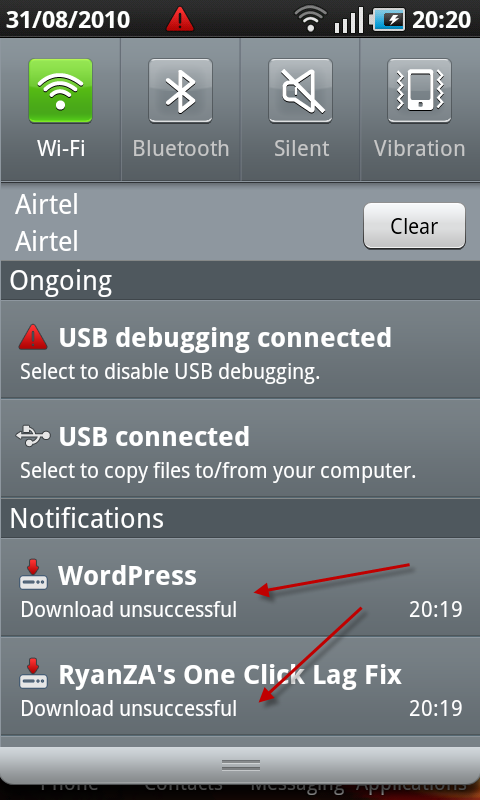Data loss has been one of the biggest problems any computer user would come across, be it from their hard disks and even through their emails. Microsoft Exchange is a Windows application which has become popular as the email communications server of different small and large businesses. This has been regarded as a top choice because of its user-friendliness and its higher levels of reliability as compared with other applications of the same purpose.
However, despite its reliability, the servers of Microsoft Exchange can still experience data loss and failures due to different reasons; and these can affect the flow of business at different corporations and companies. Due to its popularity, Microsoft Exchange can even be a constant target for hackers, spammers, and even digital virus infections. This can lead to extreme data loss which may put important information at risk. This is where Exchange and SQL recovery comes in.

In an Exchange and SQL recovery, both the Microsoft Exchange server and the SQL server are remedied. SQL, or Structured Query Language, is the programming language which is used in most databases, including email databases like the Microsoft Exchange. In attempting to do an Exchange and SQL recovery, make sure to remember the following:
(1)As a Microsoft Exchange and SQL user, make sure to do research on what should best be done upon discovering that you have lost important data from the application.
(2)Upon finding out the potential causes of data loss, try searching for troubleshooting problems in using the Help option in Exchange. Another option is to utilize the Internet, which contains many information on performing recovery on Exchange and SQL.
(3)Upon locating the proper information, follow the recommended steps to be able to recover data loss.
(4)If all the initial steps taken were not able to recover your data, it is best to call or visit any Microsoft service store. Technicians will be able to perform more advanced means to recover your lost data.
(5)After successfully recovering your data, ask the technicians for ways on how to make your system more secured against data loss and theft.

